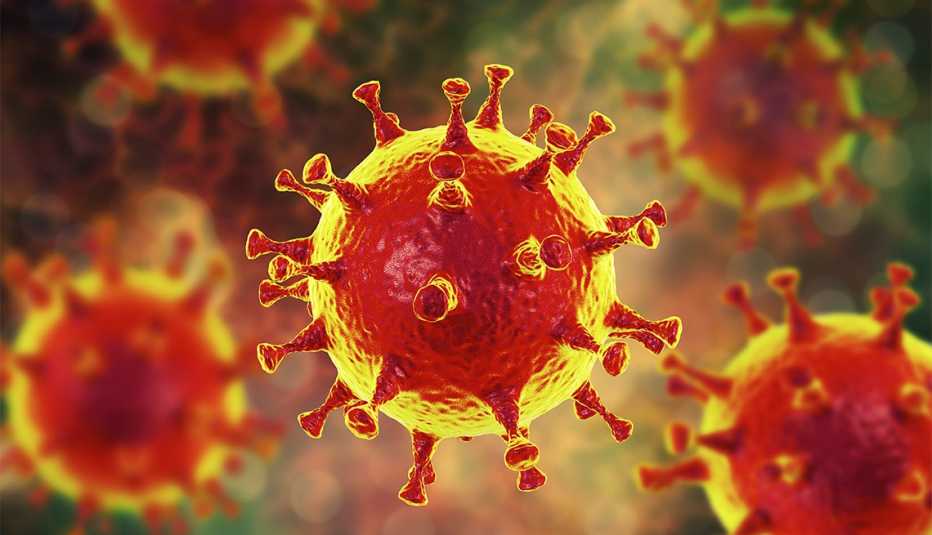AARP Hearing Center
Among 1.8 million people in the U.S. who've received the first dose of Pfizer-BioNTech or Moderna COVID-19 vaccines, 21 have had severe allergic reactions, known as anaphylaxis, according to the Centers for Disease Control and Prevention (CDC). Though an anaphylactic reaction is potentially life-threatening, it can be quickly halted with medicines such as epinephrine. All of the patients recovered.
The agency recommends that vaccination providers have such emergency medications and appropriate medical equipment available on site — and “not just have the EpiPen available, but know how to use it” added Nancy Messonnier, M.D., director, National Center for Immunization and Respiratory Diseases, in a press call on Jan. 6. (An EpiPen is an epinephrine injector.)
The CDC reported that so far the rate of anaphylaxis works out to 11.1 cases out of 1 million for the COVID-19 vaccines, compared to 1.3 cases per 1 million for the flu vaccine.
Some common signs of an allergic reaction
- Shortness of breath
- Wheezing
- Dizziness
- Hives
- Swelling of the face
Source: CDC
But, Messonnier added, “that’s still exceedingly rare.” She emphasized that the COVID-19 vaccine is very safe and, considering that the U.S. has been seeing more than 2,000 COVID-19-related deaths per day, the dangers of the illness far outweigh the dangers of an allergic reaction. Plus, “we know how to treat anaphylaxis.”
There were no reports of anaphylaxis during trials for either the Pfizer-BioNTech or Moderna vaccines.
The CDC recommends that people with a history of anaphylaxis stay on site for observation for 30 minutes after vaccination. Those with no history of anaphylaxis should stay for 15 minutes.
It advises people who have ever had a severe allergic reaction to any ingredient in a COVID-19 vaccine to abstain from getting the vaccination. (Both Moderna and Pfizer have created information sheets with ingredient lists.)
The reported cases of anaphylaxis are just a fraction of the 4.8 million people who have received the first dose of the vaccine with no serious problems, and experts are hoping that they don't dissuade others with no history of vaccine-related anaphylaxis from getting the vaccine as soon as it's available to them.
According to CDC guidance, people with a history of severe allergic reactions not related to vaccines (allergies to food or pets, for instance) may still be vaccinated. The same goes for people with a history of allergies to oral medications, those with a family history of severe allergic reactions and those who might have a milder allergy to vaccines (no anaphylaxis), the CDC says. Just be prepared to be monitored on site for about 30 minutes after the shot.
If you have a history of severe allergic reactions to other vaccines, ask your doctor if you should get a COVID-19 vaccine.
If you do get a COVID-19 vaccine and experience an allergic reaction, seek immediate medical attention. And if you have a severe allergic reaction after getting the first shot, you should not get the second shot, health officials say.
Adverse events vs. side effects
An adverse event such as an allergic reaction to a vaccine is a health problem following a vaccination that might or might not be caused by the vaccine, according to the CDC. Side effects, on the other hand, are health problems shown in studies to be caused directly by the vaccine.




































































